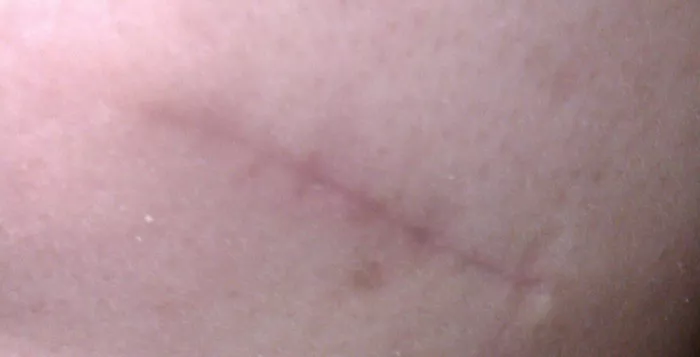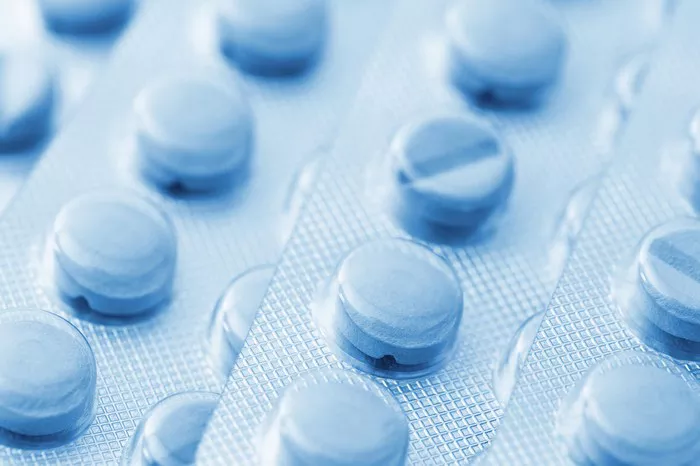Stitches are a common method of wound closure, used in surgeries, injuries, and medical procedures to facilitate healing and minimize scarring. While stitches play a crucial role in wound closure, the resulting scars can take time to heal and evolve. In this comprehensive guide, we’ll explore the stages of scar healing, factors influencing healing time, typical healing timeframes, scar care tips, potential complications, and scar minimization techniques. By understanding the intricacies of scar healing, individuals can navigate the journey with confidence and promote optimal outcomes.
Stages of Scar Healing
Hemostasis: Initial Wound Closure
The journey of scar healing begins with hemostasis, the body’s initial response to injury. During this stage, blood vessels constrict to minimize bleeding, and platelets form a clot to seal the wound. Healthcare providers may use stitches, staples, or adhesive strips to facilitate wound closure and support the healing process.
Inflammation: Natural Response to Injury
Following hemostasis, the body enters the inflammation stage, characterized by redness, swelling, and pain around the wound site. White blood cells migrate to the area to clear debris and fight off potential infections. While inflammation is a normal part of the healing process, excessive swelling or prolonged inflammation may indicate complications and should be evaluated by a healthcare provider.
Proliferation: Formation of New Tissue
As inflammation subsides, the proliferation stage begins, during which new tissue and blood vessels form to fill the wound site. Fibroblasts produce collagen, the main structural protein in the skin, to strengthen and support the healing tissue. Gradually, the wound edges contract, and the scar begins to take shape.
Maturation: Scar Remodeling and Strengthening
The final stage of scar healing is maturation, a process that can take several months to years to complete. During maturation, the scar remodels and strengthens, gradually becoming less noticeable and more closely resembling the surrounding skin. While scars may never completely disappear, they often fade and become less prominent over time.
Factors Influencing Healing Time
Location and Size of the Wound
The location and size of the wound can significantly impact the healing time of stitches scars. Wounds on areas of the body with ample blood supply, such as the face, tend to heal more quickly than those on areas with less blood flow, such as the lower legs. Similarly, larger wounds may take longer to heal than smaller ones, as they require more time for new tissue formation and remodeling.
Individual Healing Ability
Individual healing ability varies from person to person and can be influenced by factors such as age, overall health, and genetics. Younger individuals and those in good health may heal more quickly and efficiently than older adults or individuals with underlying health conditions that impair healing. Additionally, genetic factors can play a role in determining how quickly scars form and mature.
Proper Wound Care
Proper wound care practices are essential for promoting optimal healing and minimizing complications. Following healthcare provider recommendations for wound care, including keeping the wound clean and dry, changing dressings as instructed, and avoiding activities that could disrupt the stitches, can help support the healing process and reduce the risk of infection or other complications.
Presence of Infection
The presence of infection can significantly delay the healing time of stitches scars and increase the risk of complications. Signs of infection may include increased pain, swelling, redness, warmth, or drainage from the wound site. If infection is suspected, individuals should seek medical attention promptly to receive appropriate treatment and prevent further complications.
Typical Healing Timeframes
Hemostasis: Immediate to 24 Hours
Hemostasis occurs immediately following injury and typically lasts for up to 24 hours as the body initiates the process of wound closure and blood clot formation.
Inflammation: 2 to 3 Days
Inflammation typically peaks within 2 to 3 days following injury and gradually subsides as the body clears debris and initiates tissue repair.
Proliferation: 3 Days to 3 Weeks
The proliferation stage typically begins around 3 days post-injury and can last for up to 3 weeks as new tissue forms and blood vessels develop to fill the wound site.
Maturation: Months to Years
Maturation is an ongoing process that can last for several months to years as the scar remodels and strengthens, gradually becoming less noticeable and more closely resembling the surrounding skin.
Scar Care Tips
Keeping the Wound Clean and Dry
Keeping the wound clean and dry is essential for preventing infection and promoting optimal healing. Individuals should follow healthcare provider recommendations for wound care, including cleaning the wound gently with soap and water, patting it dry with a clean cloth, and avoiding exposure to moisture or contaminants.
Following Doctor’s Instructions for Dressing Changes
Following doctor’s instructions for dressing changes is crucial for maintaining a clean and protected wound environment. Dressings should be changed regularly as instructed, and individuals should avoid removing or tampering with stitches without medical supervision.
Protecting the Scar from Sun Exposure
Protecting the scar from sun exposure can help prevent hyperpigmentation and minimize the risk of hypertrophic or keloid scarring. Individuals should cover the scar with clothing or sunscreen with a high SPF rating when exposed to sunlight, especially during the first year of healing.
Moisturizing the Scar
Moisturizing the scar can help keep the skin hydrated and supple, promoting optimal healing and minimizing itching or discomfort. Silicone-based scar gels or creams can be applied to the scar once it has fully closed to improve its appearance and texture.
Avoiding Picking or Scratching the Scar
Avoiding picking or scratching the scar is essential for preventing further trauma and promoting optimal healing. Individuals should refrain from touching or manipulating the scar unnecessarily and seek medical attention if itching or discomfort persists.
Potential Complications
Infection
Infection is a common complication of wound healing that can significantly delay the healing time of stitches scars and increase the risk of further complications. Signs of infection may include increased pain, swelling, redness, warmth, or drainage from the wound site. Individuals should seek medical attention promptly if infection is suspected.
Hypertrophic or Keloid Scarring
Hypertrophic or keloid scarring occurs when excess collagen is produced during the healing process, resulting in raised, thickened scars that may be red or purple in color. Individuals with a history of hypertrophic or keloid scarring may be at increased risk and should discuss preventative measures with their healthcare provider.
Delayed Healing
Delayed healing can occur for a variety of reasons, including underlying health conditions, poor wound care practices, or complications such as infection. Individuals experiencing delayed healing should seek medical attention promptly to address any underlying issues and prevent further complications.
Scar Minimization Techniques
Silicone Sheets
Silicone sheets are a non-invasive treatment option for minimizing the appearance of scars. These adhesive sheets are placed over the scar and worn continuously for several weeks to months to help flatten and soften the scar tissue.
Scar Massage
Scar massage involves gently massaging the scar tissue to break up scar adhesions and promote blood flow to the area. This can help improve the appearance and texture of the scar over time and may reduce symptoms such as itching or tightness.
Laser Treatments
Laser treatments are a more invasive option for scar minimization that involves using targeted laser energy to break down scar tissue and stimulate collagen production. Multiple treatment sessions may be required to achieve optimal results, and downtime may be necessary following treatment.
Conclusion: Nurturing Scar Healing with Care and Patience
In conclusion, the journey of stitch scar healing is a complex and dynamic process that requires patience, diligence, and proper care. By understanding the stages of scar healing, factors influencing healing time, typical healing timeframes, scar care tips, potential complications, and scar minimization techniques, individuals can navigate the journey with confidence and promote optimal outcomes. By following healthcare provider recommendations, practicing good wound care, and seeking prompt medical attention for any concerns or complications, individuals can nurture scar healing and achieve more favorable long-term outcomes.
[inline_related_posts title=”You Might Be Interested In” title_align=”left” style=”list” number=”6″ align=”none” ids=”6742,6693,6690″ by=”categories” orderby=”rand” order=”DESC” hide_thumb=”no” thumb_right=”no” views=”no” date=”yes” grid_columns=”2″ post_type=”” tax=””]
































